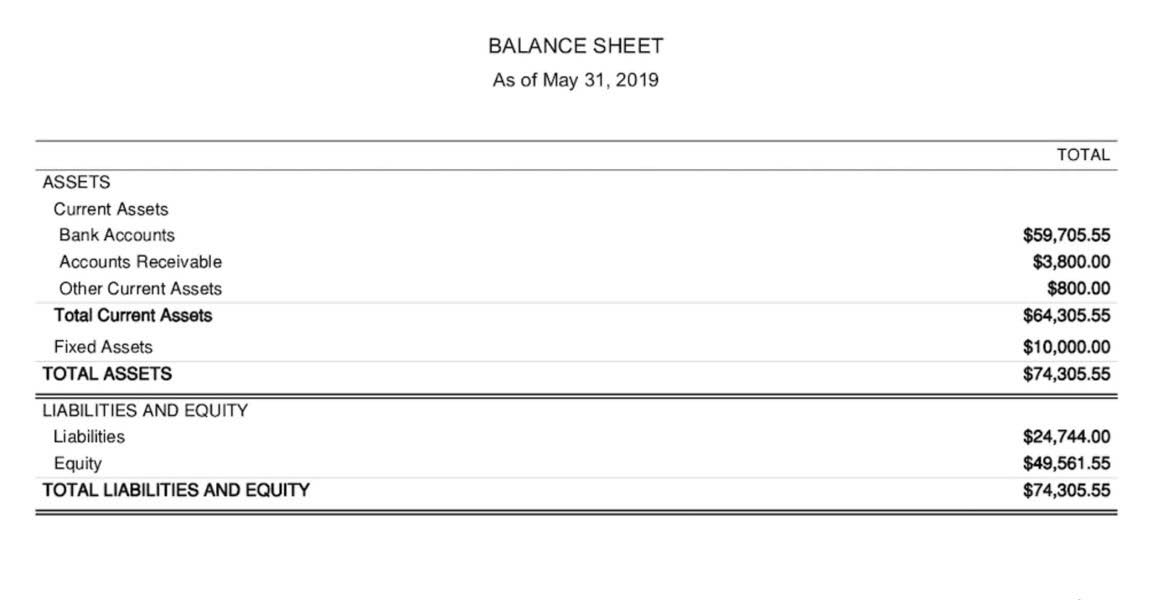NY LawFund: Practical Guide to Attorney Trust Accounts andRecordkeeping
40 Legit Ways to Make $20 Instantly Now Fast and Free! 2024
October 14, 2020Types of Liability Accounts List of Examples Explanations Definition
December 5, 2020NY LawFund: Practical Guide to Attorney Trust Accounts andRecordkeeping

Once the journal entry for prepaid expenses has been posted they are then arranged appropriately in the final accounts. Organizations typically use a prepaid expense ledger to monitor the total amount of money spent on prepayments, when payments are due, and when they will be received. This helps ensure that companies are accurately accounting for their assets while also staying up-to-date with any upcoming liabilities. Likewise, the net effect of the prepaid insurance journal entry in this example is zero on the balance sheet. This is due to one asset increases $1,200 and another asset decreases $1,200. As shown above, the Prepaid insurance account is debited with $10,000 to show an increase in assets, and the Bank account is credited with an equal amount to show a decrease in cash.
When do prepaid expenses hit the income statement?

The net of the asset and its related contra asset account is referred to as the asset’s book value or carrying value. The 500 year-old accounting system where every transaction is recorded into at least two accounts. Expenses are considered incurred when they are used, consumed, utilized or has expired.
- The insurance expense account increases by the debit entry while the prepaid insurance account decreases by the credit entry.
- Prepaid insurance is commonly recorded, because insurance providers prefer to bill insurance in advance.
- Under the cash basis an organization would immediately record the full amount of the purchase of a good or service to the income statement as soon as the cash is paid.
- However, it is not uncommon to see contracts spanning multiple years, being paid in advance.
- The accounting rule applied is to debit the increase in assets” and “credit the decrease in expense” (modern rules of accounting).
Transform your Record-to-Report processes with HighRadius!
A review indicates that as of December 31 the accumulated amount of depreciation should be $9,000. Therefore the account Accumulated Depreciation – Equipment will need to have an ending balance of $9,000. The income statement account that is pertinent to this adjusting entry and which will be debited for $1,500 is Depreciation Expense – Equipment. Companies must adjust their prepaid expenses at the end of the accounting period to ensure that they are accurately recorded.
- It is a common practice in many industries, including retail, entertainment, and hospitality, where businesses frequently engage in promotional activities to attract customers.
- Thus, the entry for prepaid rent is a debit to the prepaid expense account and a credit to the cash account.
- In this case, it will be classified as a current asset on the Balance Sheet because it covers and falls within one year.
- Additionally, an organization reporting under US GAAP must follow the matching principle by recognizing expenses in the period in which they are incurred.
- Expenses are considered incurred when they are used, consumed, utilized or has expired.
Introduction to Adjusting Journal Entries and Prepaid Expenses – Video Tutorials & Practice Problems

The company can record the prepaid insurance with the journal entry of debiting the prepaid insurance account and crediting the cash account. A current asset which indicates the cost of the insurance contract (premiums) that have been paid in advance. It represents the amount that has been paid but has not yet expired as of the balance sheet date. The $1,500 balance in the asset account Prepaid Insurance is the preliminary balance. The correct amount is the amount that has been paid by the company for insurance coverage that will expire after the balance sheet date. If a review of the payments for insurance shows that $600 of the insurance payments is for insurance that will expire after the balance sheet date, then the balance in Prepaid Insurance should be $600.
- In this case, the company’s balance sheet may show corresponding charges recorded as expenses.
- In each successive month for the next twelve months, there should be a journal entry that debits the insurance expense account and credits the prepaid expenses (asset) account.
- To illustrate how prepaid insurance works, let’s assume that a company pays an insurance premium of $2,400 on November 20 for the six-month period of December 1 through May 31.
- Prepaid assets represent the right to receive future services, while deferred revenue represents the right to receive future cash payments.
- Suppose that Smith Company, which has a yearly accounting period ending on 31 December, purchases a two-year comprehensive insurance policy for $2,400 on 1 April 2019.
Not tracking the expiration date of prepaid expenses
Take self-paced courses to master the fundamentals of finance and connect with like-minded individuals. A financial professional will offer guidance based on the information provided and offer a no-obligation call to better understand your situation. Someone on our team will connect you with a financial professional in our network holding the correct designation and expertise. At Finance Strategists, we partner with financial experts to ensure the accuracy of our financial content. Obotu has 2+years of professional experience in the business and finance sector.
- This is usually done by dividing the total premium paid by the coverage period, which may be expressed in months or years.
- It is assumed that the decrease in the amount prepaid was the amount being used or expiring during the current accounting period.
- The contra asset account Accumulated Depreciation is related to a constructed asset(s), and the contra asset account Accumulated Depletion is related to natural resources.
- The proceeding amortization schedule illustrates the appropriate amortization of the short-term and long-term portions of the prepaid subscription.
- Assume ABC company buys one-year insurance for its truck and pays $1200 for this insurance on December 1, 2022.
- In the company’s book, this prepaid insurance will be classified as an asset.
The accounting rule applied is to debit the increase in assets” and “credit the decrease in expense” (modern rules of accounting). The ending balance in the contra asset account Accumulated Depreciation – Equipment at the end of the accounting year will carry forward to the next accounting year. The ending balance in Depreciation Expense – Equipment will be closed at the end of the current accounting period and this account will begin the next accounting year with a balance of $0.

Accounting for Prepaid Expenses
At this point, recording a summarized scope of them as a single journal entry can sometimes be better than per transaction entries. On December 31, an adjusting entry will show a debit insurance journal entry prepaid insurance expense for $400—the amount that expired or one-sixth of $2,400—and will credit prepaid insurance for $400. This means that the debit balance in prepaid insurance on December 31 will be $2,000.

